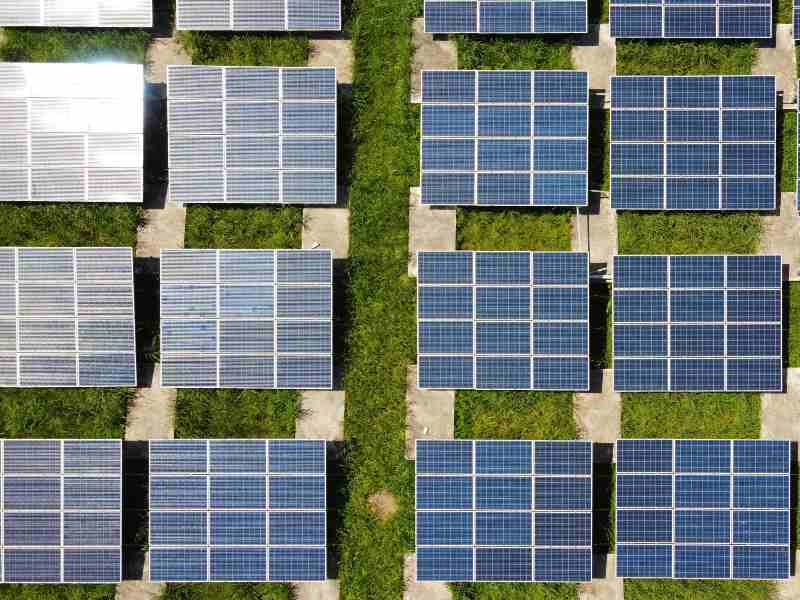
Latest analysis from the US National Renewable Energy Laboratory (NREL) has shown that spacing solar panels further apart can increase efficiency and improve economics.
More space between panels allows greater airflow, which in turn decreases the heat of the panel which can decrease efficiency.
The findings were published in a paper, “Technoeconomic Analysis of Changing PV Array Convective Cooling Through Changing Array Spacing”.
According to lead author and NREL researcher Matthew Prilliman, “…in reality, when you look at the layout of the system, like how the modules are spaced apart, what angle they’re at, how high they’re off the ground—that all affects airflow.”
The paper states that the maximum power output of a module drops by 0.3% to 0.5% per degree increase in module temperature, with sunlight as the primary driver of module temperature.
The analysis, which relied on NREL’s System Advisor Model, showed that a greater separation between solar module rows improves the performance of a PV system by allowing airflow to cool down the solar modules.
According to NREL, the research could be particularly relevant for the field of agrivoltaics, where crops are planted alongside or below solar panels.
“Increasing spacing could enable more varieties of crops and more types of agricultural equipment to be utilised in agrivoltaic systems,” said Jordan Macknick, who leads a different NREL research project focused on agrivoltaics. “That could potentially make these spaced-out solar systems more cost-effective and compatible with larger-scale agriculture.”
Another advantage of spacing the panels further apart is that the amount of ground-reflected irradiance on a solar module increases and the modules are less likely to cast shade on each other.
The researchers did not specify how far apart the panels should be because each PV system is different and depends upon local conditions.
And although greater separation could carry greater costs as more land would be required, the team at NREL suggests the benefits ultimately outweigh the costs.